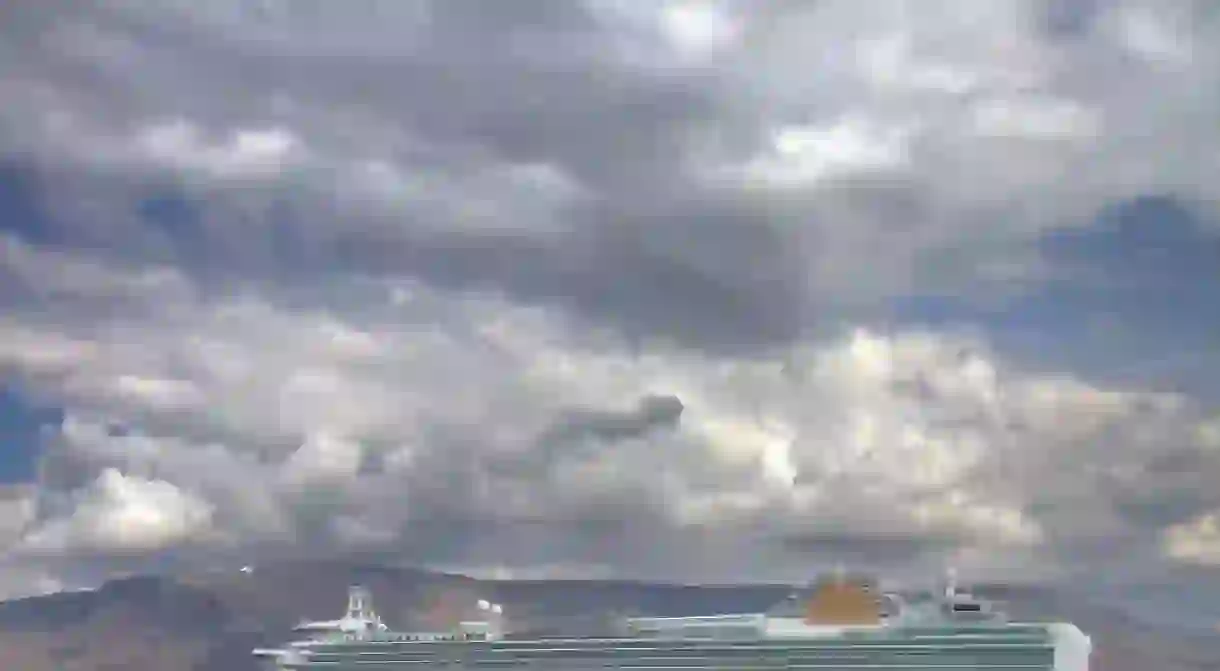Things You Should Know When Travelling to Iceland by Cruise

Entering Iceland by air seems to be much more talked about than by boat, however, there are plenty of reasons why arriving by cruise is a great option. For those with a fear of flying, you are definitely in luck. Here is our list of things to know when traveling by cruise to Iceland.
Cruise is becoming a popular option
Flights are cheaper, but Keflavik International Airport can be incredibly busy. Predictions for 2018 travelers to Keflavik International Airport are above 8.8 million. The predicted amount of cruise ships arriving in Iceland in 2018 is 128,000, which shows how it is slowly becoming a definitive part of Iceland’s tourism.

More ease and comfort by cruise
Travel by cruise sees considerably less hassle with heavy luggage, parking fees, cramped seats, airport queues, and all of the other common scenarios of air travel. Cruise passengers have more time and space to take in the ocean journey itself, perhaps even taking time to shop, swim, enjoy a concert, spot marine life, or play golf.
Iceland’s coastline is gorgeous
Consider the prospect of arriving to Iceland’s shores just as the Vikings did a thousand years ago. Around that time, the most common way of discovering the island was by circumnavigating the country and exploring the variety of ports, of which there are now 18. This gave them a good idea of the regions of Iceland and gave them incredible vistas. The ports themselves are where most of the population of Iceland live, and mainly in Reykjavik.
Akranes Port
Akranes is on the west coast of Iceland, about 30 kilometers north of Reykjavik and is home to about 7,000 people. The port is considered the best example of a traditional Icelandic fishing port.

Akureyri Port
Akureyri is Iceland’s ‘Capital of the North’ and boasts one of the most beautiful harbors in the country with vistas of the surrounding town and fjords, mountains, and forests. It makes for a stunning arrival in Iceland. Once you arrive, there are options for whale watching, museum visits, and hiking.
Raufarhöfn
This is actually the northernmost port in Iceland, serving a tiny village of 200 inhabitants. It is a great base from which to explore the surrounding nature, including Ásbyrgi canyon, a horseshoe shaped canyon, as well as Dettifoss, one of Europe’s most powerful waterfalls. It is here where visitors can also take in the Arctic Henge, a Nordic-style Stonehenge constructed by locals over the past few decades.

Reykjavík Port
The capital of Iceland offers the most cultural experiences with a plethora of museums, restaurants, and tours available to visit. This is also a great place from which to embark on tours of the surrounding nature such as the Golden Circle.
Siglufjörður Port
This is the northernmost settlement in Iceland and was transformed into one of the biggest towns in the country during a herring boom. Danish and English vessels have favored the harbor throughout history. While the herring boom has long since disappeared, the small town is a popular attraction due its incredible scenery.

Vestmannaeyjar Port
The Westman Islands are the location of the infamous volcanic eruption in 1973 that caused the small island of Heimaey to be evacuated. This puffin haven is an incredible place to witness the effects of an eruption in modern times, as some of the homes from 1973 have been preserved.
Environmental impact
One issue with traveling by cruise is its environmental impact, especially the huge amount of raw fossil fuel being burned when a ship docks. Iceland’s small ports have not put in place the infrastructure that will allow cruise ships to connect to the city’s electrical mainframe, but hopefully it can become available at least in Reykjavik, the largest port.













